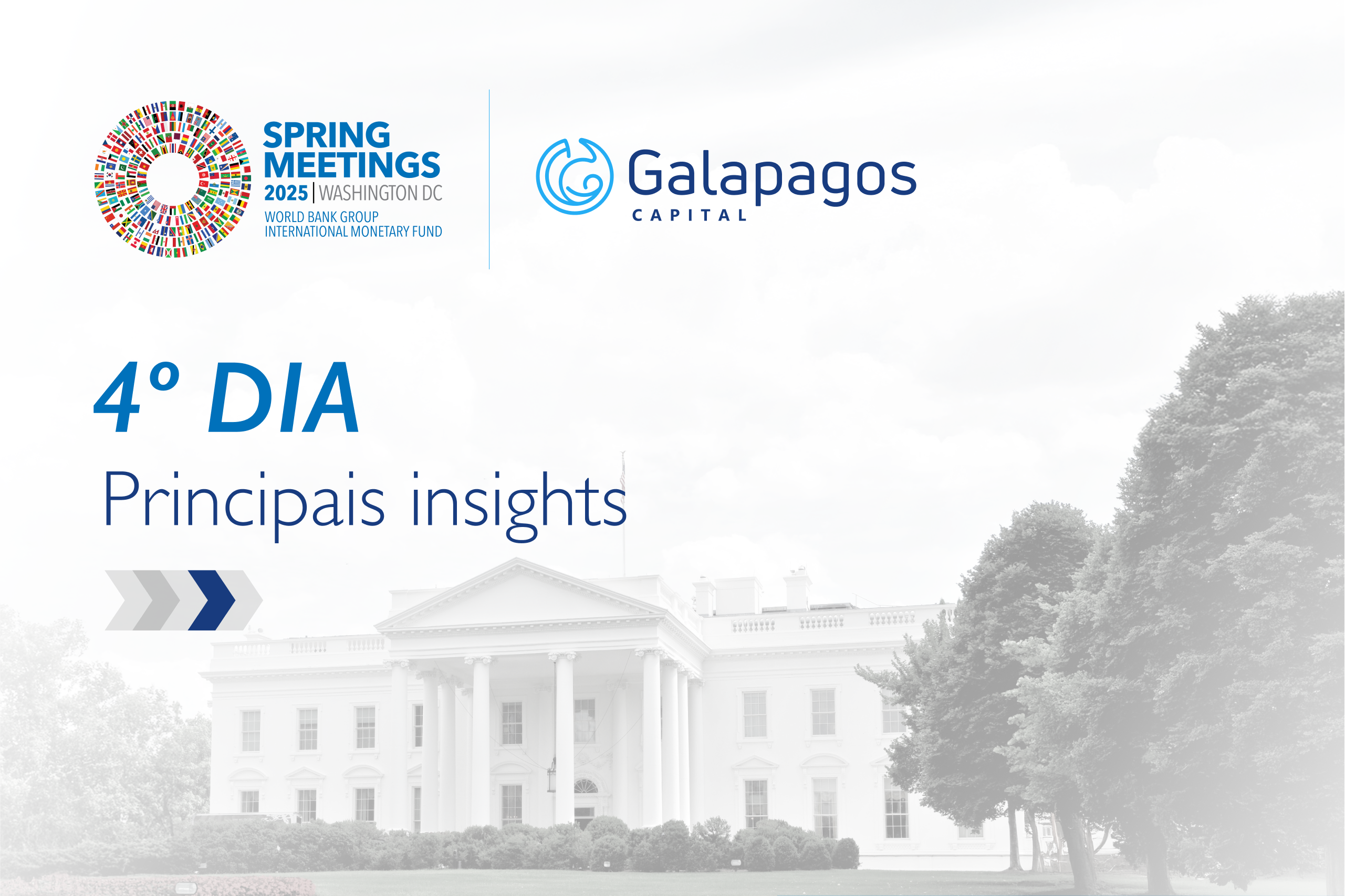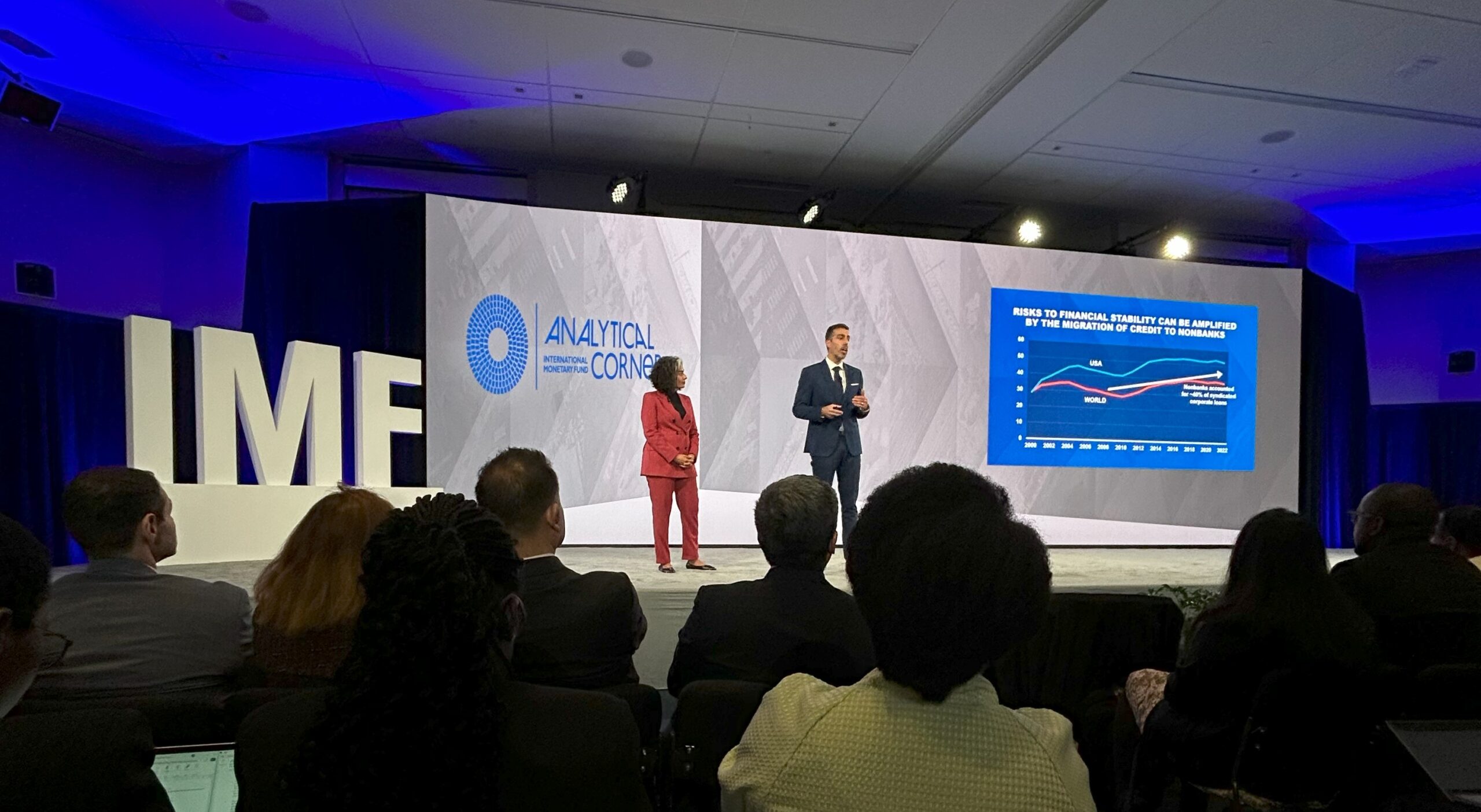Rising Inflation and Uncertainties Continue to Impact Monetary Policy
The increase in the dispersion of market inflation forecasts, as captured by the Central Bank of Brazil’s (Bacen) Focus survey, reflects growing economic uncertainty and a weakening of expectations anchors. This was the assessment delivered by Paulo Picchetti, Director of the International Affairs Department at the Central Bank.
During a presentation in Washington, D.C., at the IMF Spring Meetings, Picchetti analyzed the evolution of market expectations for 2025 inflation, the Selic rate, GDP growth, exchange rates, and the fiscal outlook through 2028, with a particular emphasis on the 2025–2026 biennium.
The central message was clear: the current environment is highly uncertain.
While Bacen has sufficient visibility to set monetary policy for May, the outlook for subsequent steps remains unclear.
Inflation Expectations Place Upward Pressure on the Selic Rate
The deterioration of inflation expectations has prompted the Central Bank to adopt a more cautious stance.
The de-anchoring of expectations—the movement of projections away from the inflation target midpoint—has become a central concern.
“We are not committing to the end of the hiking cycle at this point,” Picchetti stated.
He noted that the median inflation forecast has reached the upper bound of the inflation target, and the dispersion of estimates has widened significantly.
This problem is not confined to any particular group of goods or services, suggesting a generalized and persistent demand shock.
Early Signs of Economic Deceleration
Despite these challenges, Picchetti pointed to early signs of economic slowdown.
Investment contracted in the last quarter, and household consumption has begun to weaken. The labor market remains tight, but signals are mixed: the unemployment rate declined more than expected, yet future labor market projections have been revised upward.
Regarding credit and consumption, consumer confidence indicators remain pessimistic. While there has been a slight improvement in perceived financial conditions following the expansion of payroll-deductible loans, it remains uncertain whether this will translate into stronger aggregate demand.
The migration of expensive debts to loans with lower interest rates could free up household budgets, but the real impact on consumption remains unclear.
Fiscal Outlook: No Consolidation in Sight
Brazil’s fiscal outlook remains under pressure.
Primary balance expectations captured by the Focus survey do not point toward medium-term fiscal consolidation.
Central Bank Maintains a Cautious Approach
Picchetti stressed that Bacen is aware of the risks on both sides – both excessive monetary tightening and premature easing.
The uncertainty surrounding fiscal policy impacts and credit dynamics requires continuous monitoring.
“At this moment, avoiding excessive commitments is part of risk management,” he emphasized.
When questioned about a possible decline in monetary policy effectiveness, Picchetti was direct: “Yes.”
He explained that the transmission of Selic rate adjustments is slower, particularly in economies with a history of inflation like Brazil.
This necessitates more time to assess the impact of monetary policy decisions already undertaken.
To watch: Interest Rates Likely to Remain Elevated in 2025
Picchetti concluded that it is not possible to affirm whether the Central Bank is near the end of the Selic hiking cycle.
“The current level of interest rates is considered highly restrictive, but the impacts of fiscal measures and the extent of economic deceleration still need to be better understood.”
Want to receive the next insights directly in your inbox? Click here and sign up on our landing page to receive all real-time updates.














